5. Do the Right Thing
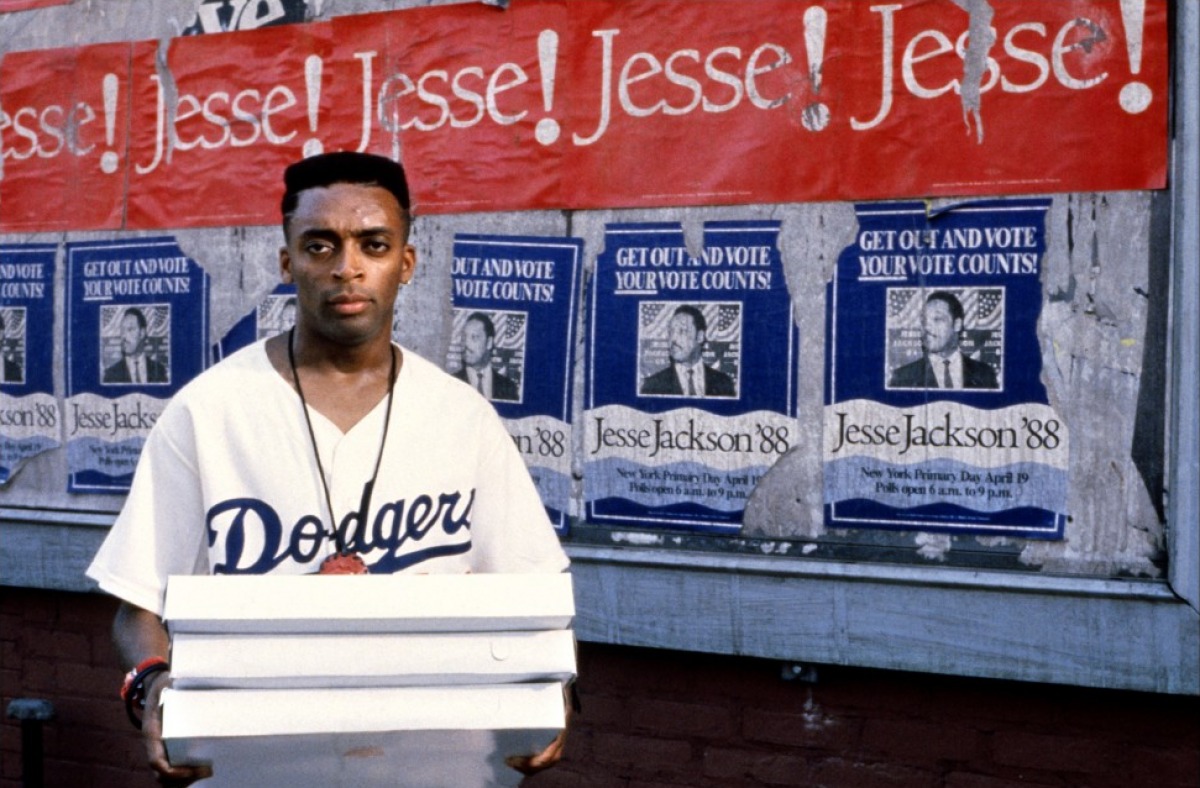
To get racial divisions right, Spike Lee had to nail each culture that lives within “Do the Right Thing.” On this smoldering day in the summer, tensions are rising; the cinematography is clad by reds and oranges, sweat drips off of each and every brow, and both the sun and the lights of New York City shimmer off of the inhabitants.
Each profession and culture don their wardrobes to combat with the rising temperatures before they fight with one another. Mookie represents his love of the Dodgers while his neckpiece hangs low (he even makes his pizza delivery uniform look fashionable).
Radio Raheem flashes his Night-of-the-Hunter-inspired love and hate brass knuckles to resemble the comfort of being accepted and the difficulty of being cast aside by bigots. Everything from pizza shop aprons and convenience store shirts to the kinds of shades and graphic tees that marked the 80’s transition to the 90s gets featured here.
The clashes between styles that all take place in one infuriated intersection in New York set the scene for “Do the Right Thing,” while Samuel L. Jackson narrates the predicaments and ushers in the biting soundtrack. Spike Lee’s fierce film on racial discrimination is heavily cemented in the highlighter colours of the 80s and 90s, yet it remains a powerful commentary.
4. Drive
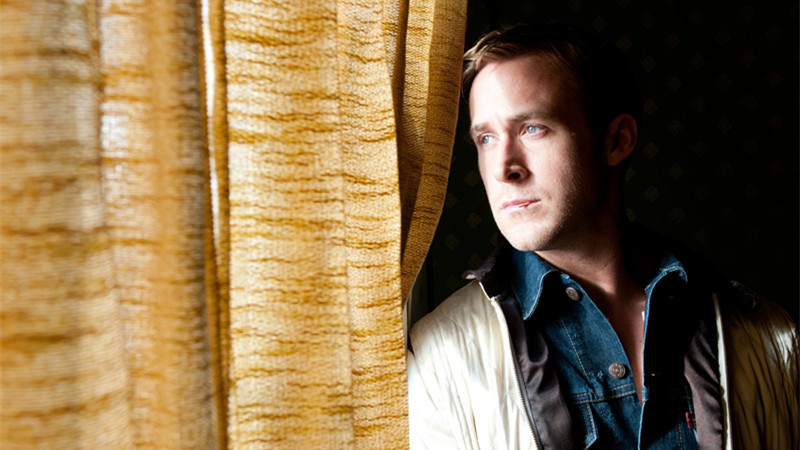
This film gets brought up so often that it may feel played out, yet we must bring it up once more. How can we not mention Nicolas Winding Refn’s homage to Hollywood through a European-cinema lens? The soundtrack heavily features neo-disco tunes (including College, Chromatics, and Kavinsky); the film either featured these songs during the rise of the genre, or it helped said rise exist in the first place. The limbo created by this music is then further worked upon by many instances of orange-blue contrasts, neon pinks, and streetlight halos.
The nameless lead character’s driving gloves, Scorpion leather jacket (a rebirthing of Kenneth Anger’s Scorpio Rising) and jeans became a sought-after look, since this character was the closest instance millennials have had to feeling the rush Steve McQueen created back in the 60s.
The lack of a name made this character obtainable, and his world habitable. Six years later, and a few things are set in stone: we’re still waiting on a worthy follow-up film from Refn (“The Neon Demon” was good, but not quite as strong), “Italians Do it Better” has a strong following, and “Drive” has been issued in as a pop culture staple along the likes of “Night of the Living Dead” and “Mulholland Drive.”
3. La Dolce Vita
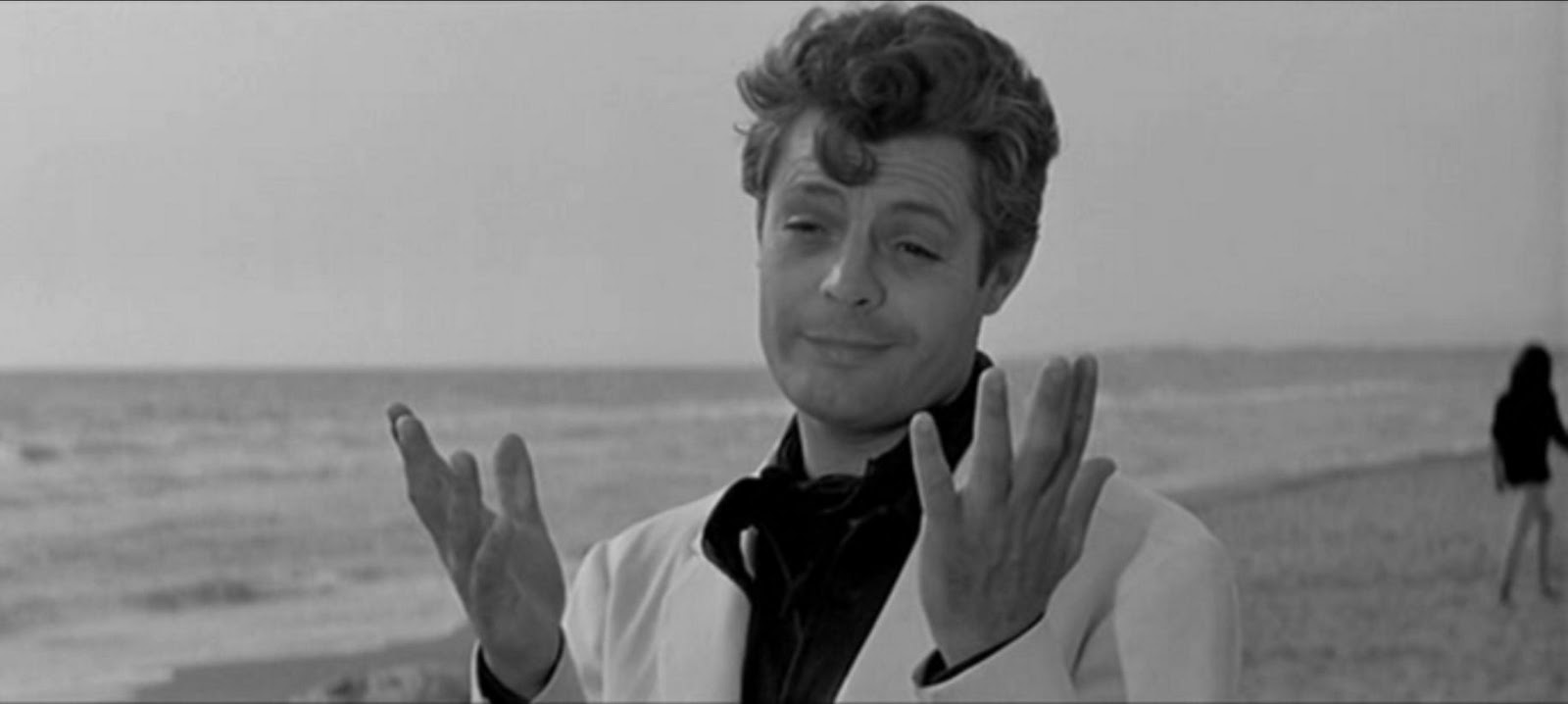
If anyone could replicate the high culture of Europe without it feeling like an overlong car commercial, it’s Federico Fellini, who shot his subjects with an awareness of their worth and the intention to comment on them as well. La Dolce Vita translates to “the sweet life”; its name is fitting, as it is a three-hour bath within the riches of Italy in every possible way. The architecture is looming (including the gargantuan statue of Jesus Christ that gets craned over Rome by a helicopter). The Trevi Fountain soaks up Sylvia’s dress as if it is a part of her outfit.
Of course, this leads to the actual outfits worn within the film, and you may find that you will not discover a film with more stunning costume choices than this one. The suits are sharp no matter who wears them, the dresses are floral or flowing, and not a hair is out of place on these beautiful people. The cinematography frames all of the people as best as it can, yet their presences leap out of the film. “La Dolce Vita” is a taste of the higher class, and each of its separate stories will launch you into the stratosphere of fashion.
2. La Haine
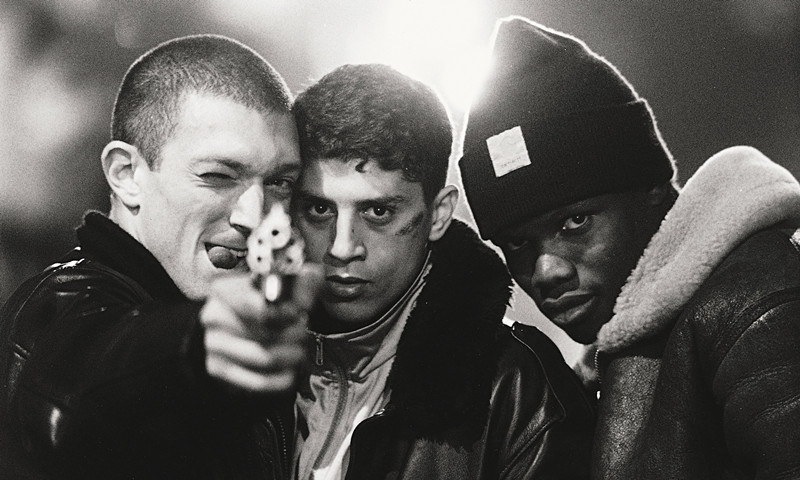
The second wind for this film has kicked in within the new millennium, as new audiences are picking up this once-overlooked gem of French cinema. Where “La Dolce Vita” glorified the rich, “La Haine” finds beauty within the poor. It reveres the pieced-together outfits of the inhabitants of a slum put on.
While they dress, the lead characters gaze into their mirrors and take in their thoughts, feelings and influences (including Robert De Niro in “Taxi Driver”). The black-and-white cinematography is swallowed whole by the intensity of the street lights within the Paris suburbs, and the editing style coasts through all of the sights like a car booking it down the same street our heroes stroll along.
What establishes the style within “La Haine” is the sense of identity, as the marginalized leads are pushed beyond their limits by authority figures. “La Haine” takes time to introduce the overlooked citizens, thus allowing them to say their piece. It is a risky film with difficult subject matter brought to the forefront, yet this is life to many, as all the necessities to get by are featured.
1. Le Samouraï
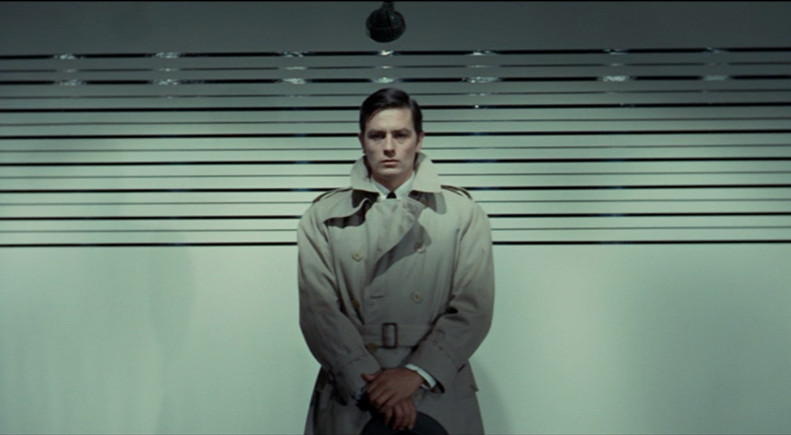
We end on this thrilling cult film that, like “La Haine,” has achieved a second life within recent years. It consumes the many facets of film noir aesthetics while paving its own path; maybe that is why Jean-Pierre Melville’s “Le Samouraï” has resonated so loudly with audiences even to this day. Alain Delon sports his hat and his long coat not like a curious detective, but like a rampant hunter. Paris is his stomping grounds, as bridges arch over him like he is in hell, and window frames are his jail cell bars.
The world is coloured by a palette of greys and blues, as if we are witnessing a monochromatic nightmare taking place. The cars are as fashionable as the people, as both can only be described as opulent (despite the grittiness found within both). The film employs close-ups, steep angles and deep shadows to illustrate each scene with a large sense of fear and danger. “Le Samouraï” is one of the best examples of neo-noir, because it is one of the greatest examples of the style being brought to fruition whilst staying within its confinements.
Author Bio: Andreas Babiolakis has a Bachelor’s degree in Cinema Studies, and is currently undergoing his Master’s in Film Preservation. He is stationed in Toronto, where he devotes every year to saving money to celebrate his favourite holiday: TIFF. Catch him @andreasbabs.